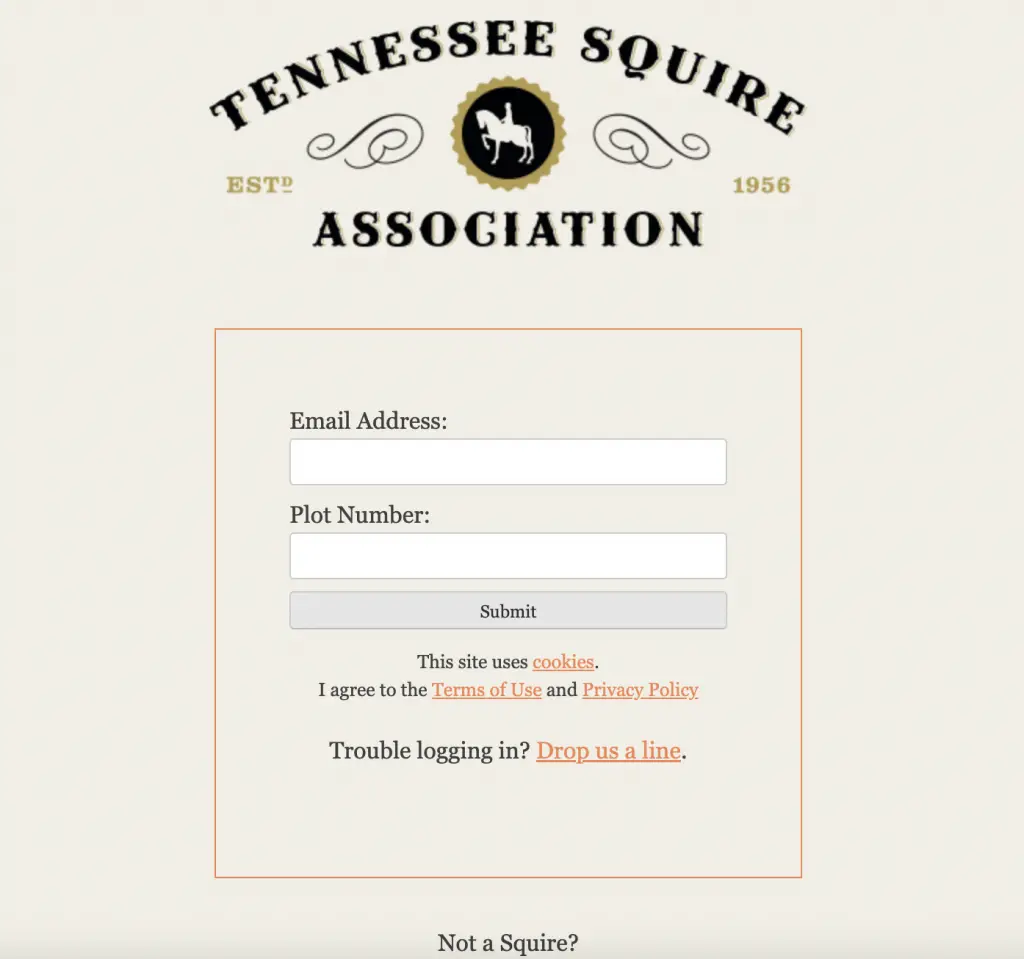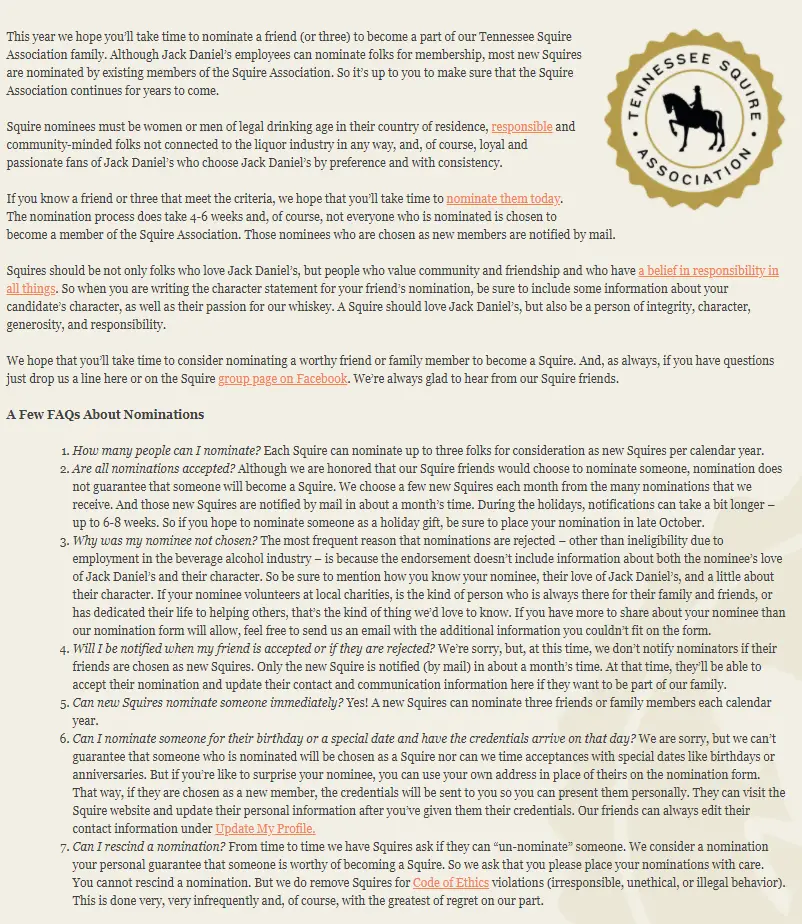Welcome to the world of simplicity and flavor. Sometimes, the best things in life are the simplest ones, and that holds true for bourbon drinks as well. Two-ingredient bourbon cocktails offer a delightful way to appreciate the beauty of this beloved spirit without overwhelming complexity. In this blog post, we will explore the art of crafting delicious two-ingredient bourbon drinks. From classic combinations to unique pairings, these cocktails demonstrate that sometimes, all you need is a great bourbon and one other carefully selected ingredient to create a memorable libation. So, let’s raise our glasses and dive into the world of easy yet enticing bourbon cocktails!
2-Ingredient Bourbon Drinks
Here are a few simple two-ingredient bourbon drinks that you can enjoy:
- Bourbon and Ginger Ale: This classic combination is refreshing and easy to make. Fill a glass with ice, add 2 ounces of bourbon, and top it off with ginger ale. Garnish with a lime wedge if desired.
- Bourbon and Lemonade: A perfect blend of tartness and sweetness. Fill a glass with ice, pour in 2 ounces of bourbon, and fill the rest with lemonade. Stir gently and garnish with a lemon slice.
- Bourbon and Sweet Vermouth: This classic duo creates a deliciously smooth and sophisticated drink. In a mixing glass with ice, combine 2 ounces of bourbon and 1 ounce of sweet vermouth. Stir well and strain into a chilled cocktail glass. Garnish with a cherry if desired.
- Bourbon and Soda: A simple and refreshing option. Fill a glass with ice, add 2 ounces of bourbon, and top it off with soda water. You can squeeze in a bit of fresh lemon or lime juice for an extra citrus twist.
- Bourbon and Apple Cider: Perfect for fall or winter, this combination brings together the warmth of bourbon and the sweetness of apple cider. In a glass filled with ice, mix 2 ounces of bourbon and 4 ounces of apple cider. Stir gently and garnish with a cinnamon stick or apple slice.
- Bourbon and Iced Tea: A southern-inspired favorite. Fill a glass with ice, add 2 ounces of bourbon, and fill the rest with unsweetened iced tea. Stir well and garnish with a lemon wedge.
- Bourbon and Cranberry Juice: A tart and fruity pairing. In a glass with ice, combine 2 ounces of bourbon and 4 ounces of cranberry juice. Stir gently and garnish with a lime wedge.
- Bourbon and Orange Juice: A vibrant and citrusy combination. Fill a glass with ice, pour in 2 ounces of bourbon, and top it off with fresh orange juice. Stir gently and garnish with an orange slice.
- Bourbon and Maple Syrup: A delightful blend of sweetness and bourbon’s rich flavors. In a glass with ice, combine 2 ounces of bourbon and 1/2 ounce of maple syrup. Stir well until the maple syrup is fully incorporated. Optionally, you can garnish with a cinnamon stick or a sprinkle of nutmeg.
- Bourbon and Amaretto: A smooth and nutty duo. In a glass filled with ice, mix 2 ounces of bourbon and 1 ounce of amaretto liqueur. Stir gently and garnish with a cherry if desired.
- Bourbon and Peach Nectar: A deliciously fruity and aromatic combination. Fill a glass with ice, pour in 2 ounces of bourbon, and top it off with peach nectar. Stir gently and garnish with a peach slice or mint sprig.
- Bourbon and Honey: A soothing and flavorful pairing. In a glass with ice, combine 2 ounces of bourbon and 1/2 ounce of honey. Stir well until the honey is dissolved. Optionally, you can add a squeeze of fresh lemon juice for a bright twist.
- Bourbon and Cranberry Soda: A sparkling and tangy treat. Fill a glass with ice, add 2 ounces of bourbon, and top it off with cranberry soda. Stir gently and garnish with a lime wedge.
- Bourbon and Cherry Cola: A nostalgic and indulgent combination. Fill a glass with ice, pour in 2 ounces of bourbon, and top it off with cherry cola. Stir gently and garnish with a cherry if desired.
Conclusion
As we conclude our exploration of two-ingredient bourbon drinks, we hope you’re inspired to embark on your own flavor adventures. The simplicity of these cocktails allows the true character of bourbon to shine, while the carefully chosen companion ingredient complements and enhances its flavors. Whether you prefer the refreshing tang of citrus, the natural sweetness of fruits, or the subtle complexity of vermouth or amaretto, there’s a two-ingredient bourbon drink to suit every palate.
Remember, experimentation is key. Feel free to adapt these recipes to your liking, adjusting ratios and exploring different brands of bourbon and companion ingredients. The joy of two-ingredient bourbon drinks lies in their versatility and accessibility. So, gather your favorite bourbon, explore the possibilities, and raise a glass to the beauty of simplicity. Cheers to the pleasure of enjoying a perfectly balanced and effortless bourbon cocktail!












